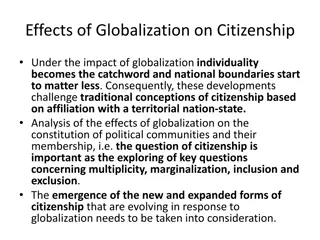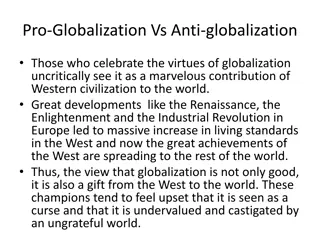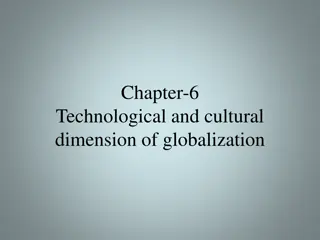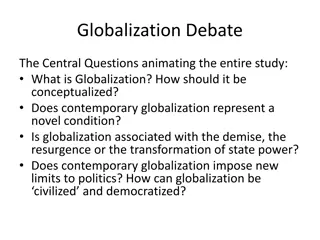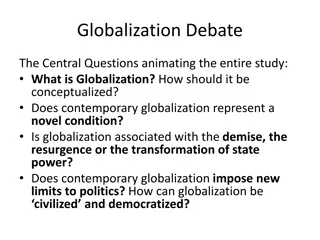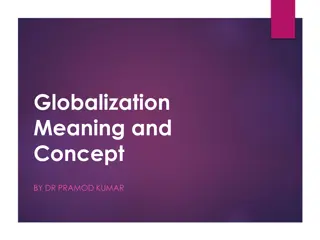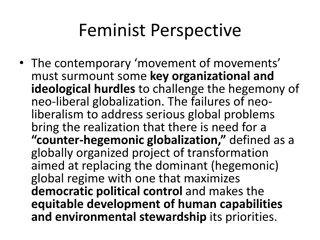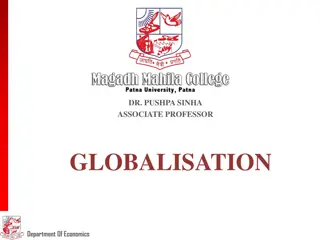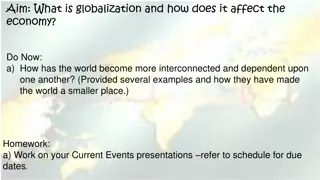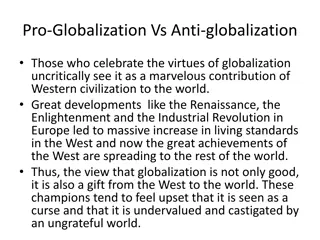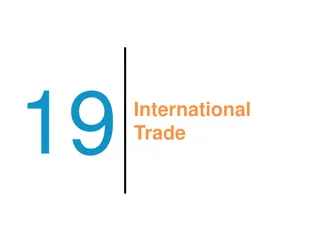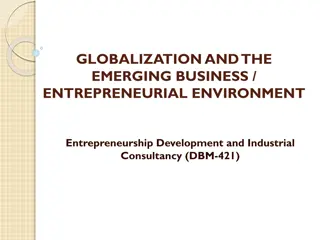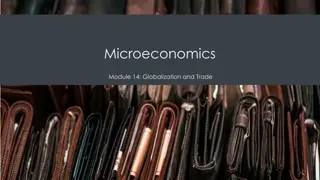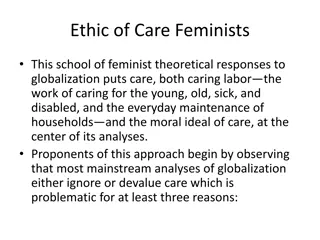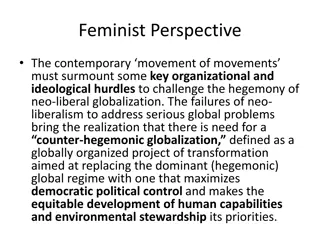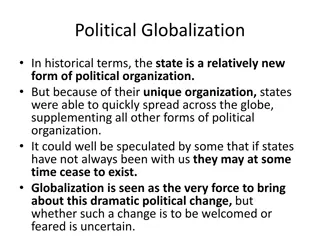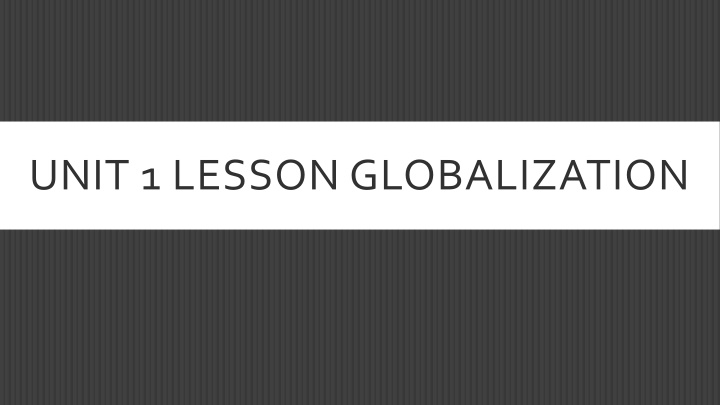
Globalization, Spatial Relationships and Diffusion in Geography
Explore the concepts of globalization, spatial relationships, and diffusion in geography. Learn about the interconnectedness of the world through economic, environmental, political, and cultural changes. Discover how globalization shapes regions and scales in geography.
Download Presentation

Please find below an Image/Link to download the presentation.
The content on the website is provided AS IS for your information and personal use only. It may not be sold, licensed, or shared on other websites without obtaining consent from the author. If you encounter any issues during the download, it is possible that the publisher has removed the file from their server.
You are allowed to download the files provided on this website for personal or commercial use, subject to the condition that they are used lawfully. All files are the property of their respective owners.
The content on the website is provided AS IS for your information and personal use only. It may not be sold, licensed, or shared on other websites without obtaining consent from the author.
E N D
Presentation Transcript
THE STUDENT WILL BE ABLE TO Discuss elements of spatial relationships, diffusion, and globalization
WE ALREADY TALKED ABOUT Space, points, distance, accessibility, connectivity, and diffusion. Don t forget about Tobler s law Diffusion is when an idea or trait spreads from a hearth Accessibility is how easy or difficult it is to overcome friction of distance. Connectivity is broader and is all the tangible and intangible ways plays are connected.
GLOBALIZATION Globalization is actually a characteristic of diffusion and it s reach. (Hint, it s global diffusion). Everyone in business LOVES the term globalization! but not everyone really knows what it means. businesses like it because it means bigger markets and more money. It s also not always positive, but we ll discuss that later in the year. Globalization: The increasing interconnectedness of different parts of the world through common process of economic, environmental, political, and cultural change (Knox & Marston, 2015). It s actually been happening a long time. think trade by ships It s just now faster and easier (time-space compression).
Z The triangle trade is actually a form of globalization. Ships were used to move goods and it would take a few weeks or months to get goods to different ports. Europe manufactured the goods using the raw materials it took from elsewhere; manufacturing (or changing to a finished product) is where the most money is made.
Globalization means that this trade and sale is much larger. Its called a commodity chain, a network of labor and production process that originate in the extraction or production of raw materials and whose end results is the delivery and consumption of a finished commodity (Knox & Marston, 2014, p. 50).
GLOBALIZATION & SCALE Geography cares about globalization for a number of reasons It s about connectivity and accessibility It also creates a region (albeit a big one on a large scale) Regions are spatial summaries designed to bring order to the infinite diversity of the earth s surface (Getis, 2013, p. 13). Regions are also a way of subdividing space into categorizable geographic units (Malinowski & Kaplan, 2013, p. 16). Regions are kind of like periods or eras in history; a way of slicing up time and looking at it together.
QUICK REGION REFRESHER Regions have boundaries (albeit, they are sometimes blurry, or fade out and aren t always clear). This boundary distinguishes it from other places. Formal Regions: places that have one or more characteristics in common (Malinowski & Kaplan, 2013, p. 16). Wow that s kind of everything, isn t it? The boundaries will change based on scale. However, a uniform measure is applied to the region. Also, a criteria is important
THE FORMAL REGIONS BEING DISPLAYED ARE STILL COUNTRIES; THIS MAP IS SHOWING GROSS NATIONAL INCOME PER CAPITA.
In this case, the formal regions are actually states, but we ve changed the scale to show income per state the image changes.
FUNCTIONAL REGIONS Functional regions: places that interact. The places have some type of relationship with one another. This is actually the best area to put globalization in, on a large scale functional region. Reading had t.v. station, example as wifi, but depending on how you describe the interaction; it can be a lot of things. Map of federal reserve banks; they re over their specific area and interact with all banks in that region assigned to them.
VERNACULAR REGION Vernacular region: regions that people construct in their mind and may be very difficult to dissect (Malinowski and Kaplan, 2015, p. 19). ( this means it s not always about language) This is going to be the most abstract region; hard to define. Formal and functional have criteria to define them; formal regions have government lines, or a criteria laid out by a person and formal regions have interaction. Vernacular regions have feelings associated with them or state of mind. The South: probably the most blatant example of a vernacular region. Where is the south? Hawaii is technically the south A lot of people don t view anything west of the Mississippi River as the south (sorry Texas).




